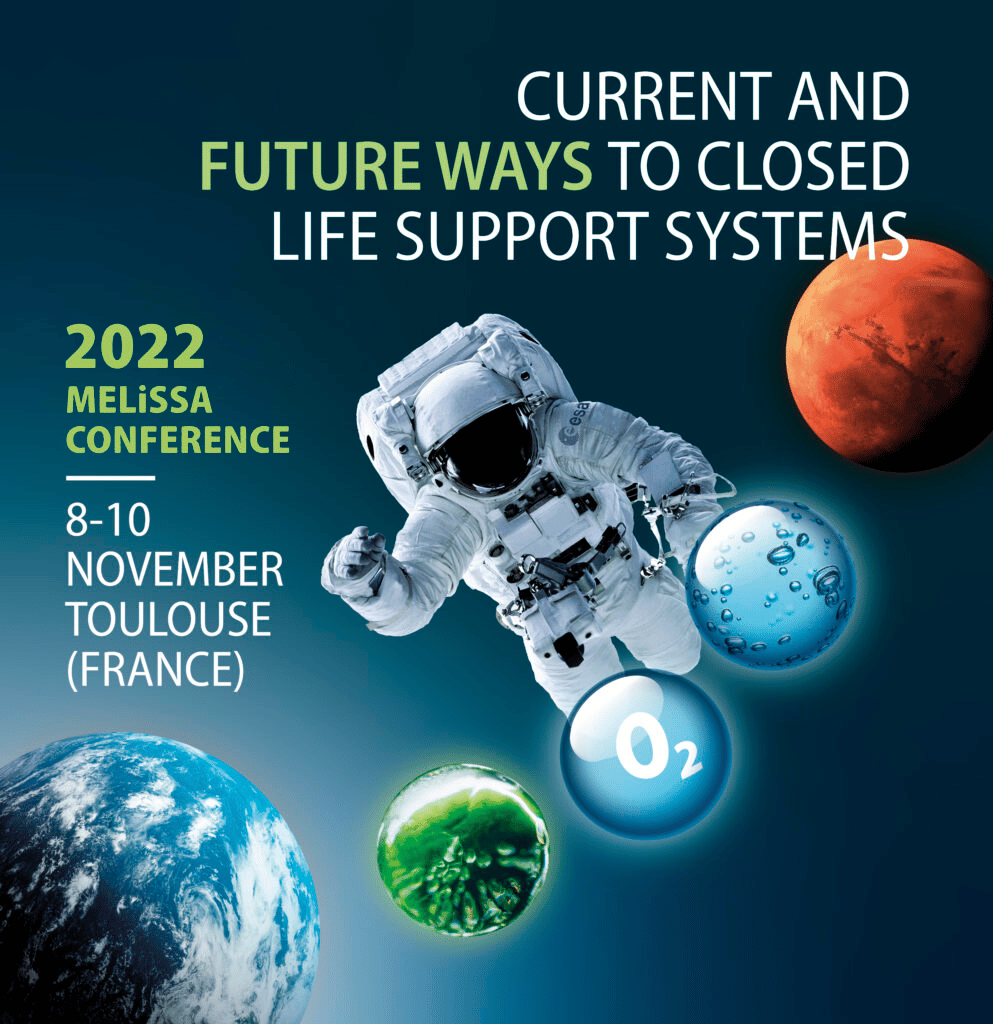The European Space Agency has just reviewed the research on life in “artificial enclosed ecosystems” and their unexpected terrestrial applications.
In “closed loop”
For a space journey, several months long, or even an installation on another star, it will be as much to recycle everything (air, water, waste) as to produce food in situ. It is impossible to carry all the elements necessary for survival – their mass would be considerable and the launch would cost an exorbitant amount. Around 140 experts from space, as well as other fields, gathered for three days at the University of Lausanne to discuss the future of the conquest of space. As well as to assess the extent to which these sustainable technologies can already be applied to the Earth.
ESA has been addressing these issues for 27 years through the Melissa project, based at the Autonomous University of Barcelona (UAB). “This is a demonstration installation consisting of five compartments,” explains Christophe Lasseur, one of its managers. In summary, one of the modules contains rats. Another is used to transform the CO2 that they exhale into oxygen, using algae. Which are “fed” with nutrients from recycling, in other compartments, from the droppings of the rodents or the plants they consume, also produced within this “closed loop”…
Excerpt translation, please read the full Le Monde article here:











